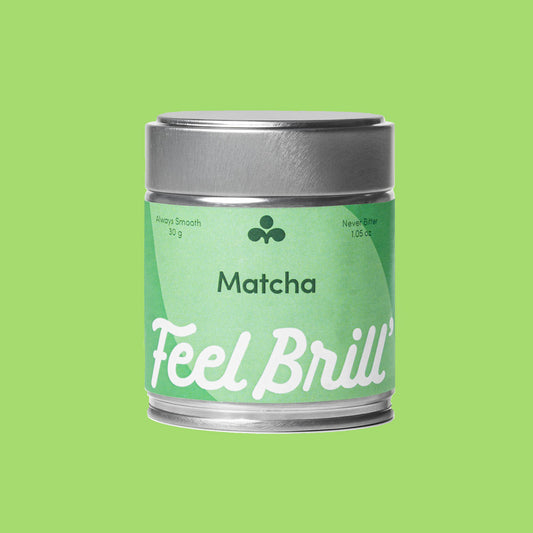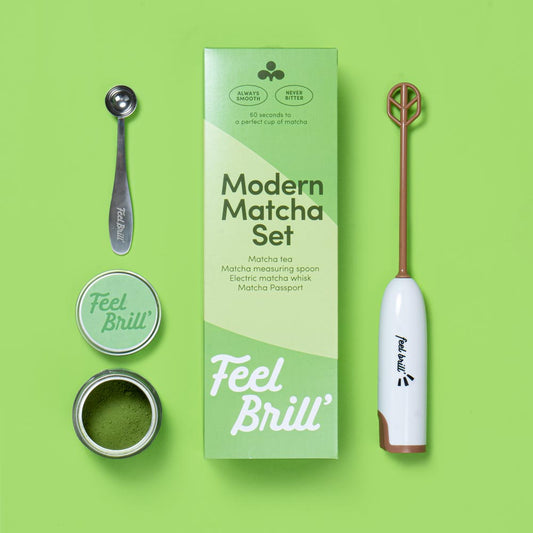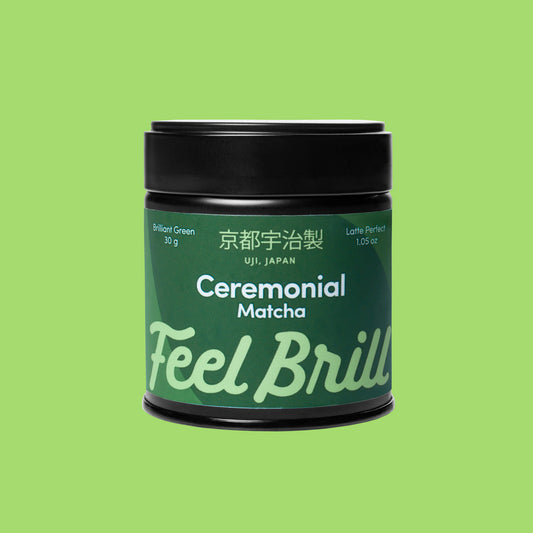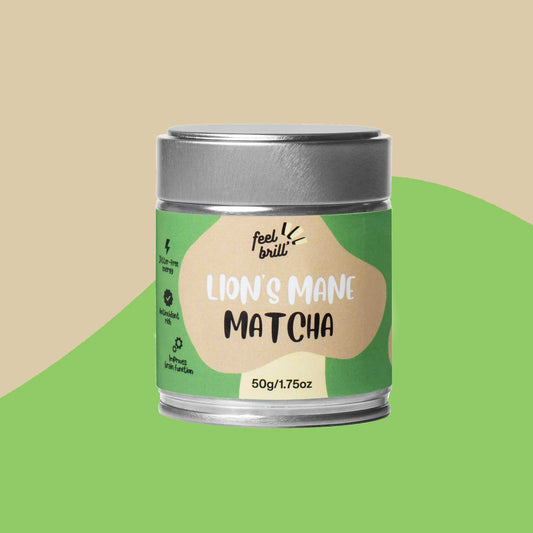
Kā Matcha atšķiras no zaļās tējas?
Zaļās tējas ieguvumi veselībai ir zināmi kopš seniem laikiem . To novērtē visos kontinentos, taču ir vēl viens šīs tējas veids, ko sauc par macha , kas iegūst vēl lielāku uzmanību ar savām labvēlīgajām īpašībām. Ja vēlaties uzzināt, ar ko tā ir īpaša un ar ko tā atšķiras no tradicionālās zaļās tējas, visas atbildes atradīsit tālāk.
Tā pati rūpnīca, cits ražošanas process
Gan matcha , gan zaļā tēja tiek iegūta no Camellia Sinensis auga lapām, taču šīs tējas atšķiras īpašās audzēšanas un ražošanas metodes dēļ.
Parastā zaļā tēja tiek gatavota no visām audzētajām tējas lapām neatkarīgi no to vecuma vai audzēšanas specifikas. Ražošanas procesā tiek izmantots siltums, un pēc tam lapas tiek sasmalcinātas.
Matča gatavošanas metode ir daudz rafinētāka, tajā izmanto tikai jaunas zaļās tējas lapas, kas tiek tvaicētas un samaltas pulverī.
Dzerot parasto zaļo tēju, mēs nogaršojam visu ražu, savukārt matcha tasē ir tikai pirmās ražas lapas. Pirmā raža vienmēr tiek uzskatīta par labāko un kvalitatīvāko ražu.
Turklāt lapas matcha tējai tiek audzētas zem vāka, lai izvairītos no tiešiem saules stariem divas līdz četras nedēļas pirms ražas novākšanas. Parastā zaļā tēja var tikai sapņot par šādu aizsardzību no karstas saules.
Tādējādi matcha pagatavošanas process ir daudz sarežģītāks un dārgāks nekā zaļās tējas pagatavošanas process. Jautājums ir, vai šī procesa izmaksas nozīmē, ka pats produkts ir labāks? Šajā gadījumā tiešām jā!
Maigāka garša
Tā kā lapas ir aizsargātas no saules pēdējās divas līdz četras matcha tējas audzēšanas nedēļas, tas samazina katehīna veidošanos, kas izraisa rūgtumu. Šī iemesla dēļ matcha ir maiga, viegli matēta garša, kas atstāj bagātīgāku zaļās tējas pēcgaršu. Šīs nianses tiek novērtētas tradicionālajās tējas ceremonijās.
Tiek saglabāta augstāka uzturvērtība
Pateicoties tās unikālajam audzēšanas un ražošanas procesam, matcha tējai ir daudz lielāka uzturvērtība nekā parastajai zaļajai tējai, kas nozīmē, ka arī tās ieguvumi veselībai ir daudz lielāki.
Noslēpums ir tāds, ka jaunās lapas, ko izmanto matcha pulvera pagatavošanai, saglabā vairāk vitamīnu un antioksidantu. To unikālais audzēšanas process palielina arī hlorofila un aminoskābju līmeni, radot tumšāku zaļu krāsu.
Turklāt, dzerot matcha , jūs uzņemat visu tējas lapu, tādējādi iegūstot visu zaļās tējas auga uzturvērtību. Pētījumi liecina, ka matcha tēja satur vismaz 3 reizes vairāk EGCG nekā populārie zaļās tējas veidi (un līdz pat 137 reizes vairāk EGCG nekā dažu zīmolu zaļā tēja).
Augstās uzturvērtības dēļ matcha tiek uzskatīta par superēdienu, kas spēj:
- uzlabot garīgo sniegumu;
- nodrošināt pretvēža efektu;
- palīdz aizsargāt sirds darbību;
- palīdz aizsargāt aknas;
- palīdzēt jums zaudēt svaru.





